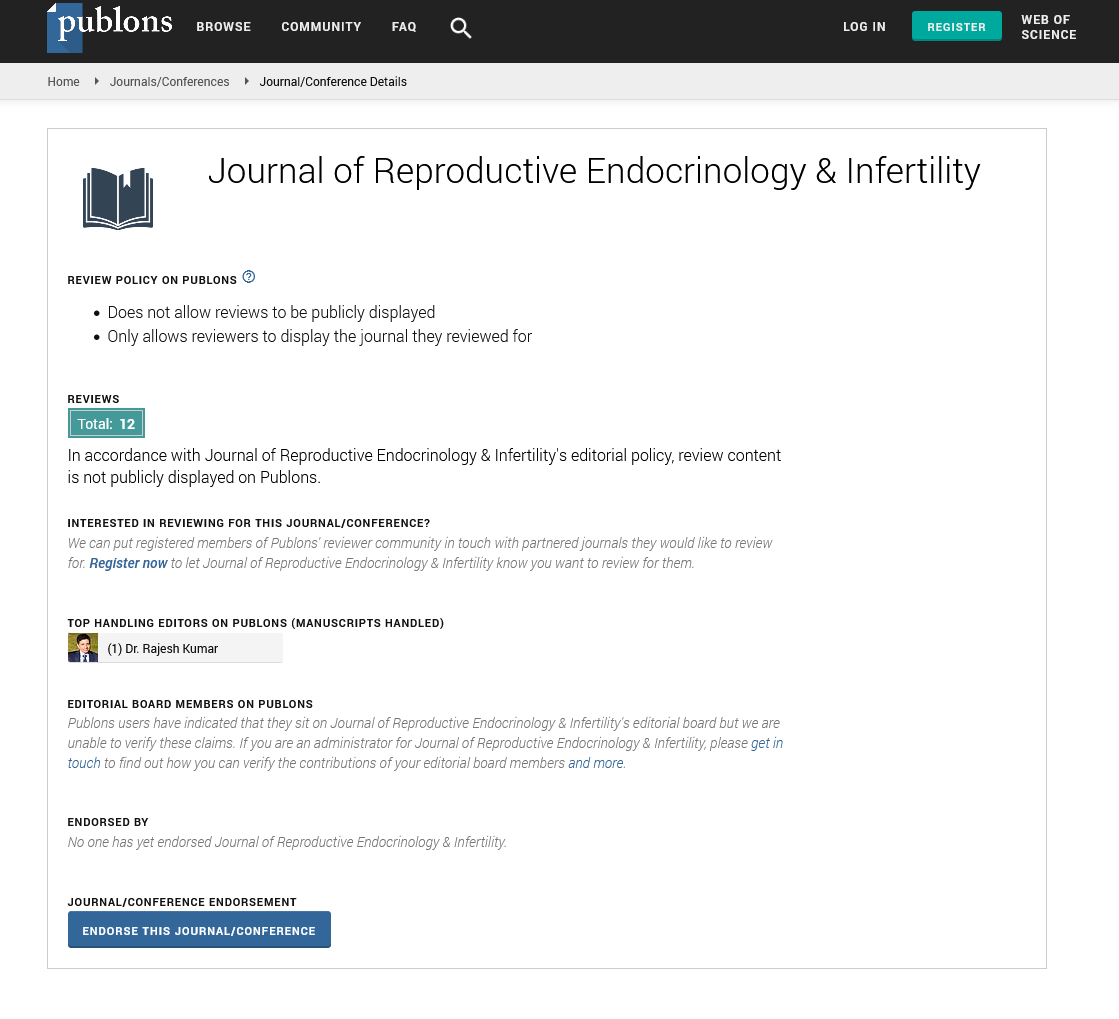Abstract
Androgens Regulate Human Female Reproductive Ageing and Meiotic Fidelity
Objective: To develop a model that explains the complex relationships that ultimately lead to increased rates of follicle loss and high rates of trisomy in the oocytes of normal women aged about 38 and older.
Design: Review of the key published findings that contribute to the diverse literature affecting this phenomenon.
Results: In humans and higher primates, androgen synthesis is optimised by the specialisation of the andrenal zona reticularis (ZR). Whilst this allows very high rates of synthesis of DHEA and related androgens in early post-pubertal life, it compromises the quality of oocyte maturation in the later years of female fertility and is linked to the evolution of menopause. Data from genetics, endocrinology and lifestyle studies of ovarian physiology provide substantial evidence for a model of androgen regulation of human female reproductive ageing.
Conclusions: Human female reproductive ageing and loss of meiotic fidelity results from a chain of events initiated in the ZR. Because of inadequate synthesis of DHEA by the lowered number of cells ZR in the mid-thirties age-group, there is lowered synthesis of inhibin B and subsequent reduction in DHEA synthesis by the ovarian theca cells. Low DHEA lowers both ovarian androstenedione and PPAR alpha. The latter reduces both fat metabolism and transport which in turn causes increased rates of apoptosis (lowering follicle pool size) and other cellular changes in oocytes that induce high rates of chromosome errors in meiosis.
Author(s):
Judith Helen Ford
Abstract | Full-Text | PDF
Share this

Google scholar citation report
Citations : 43
Journal of Reproductive Endocrinology & Infertility peer review process verified at publons
Abstracted/Indexed in
- Google Scholar
- Sherpa Romeo
- China National Knowledge Infrastructure (CNKI)
- Publons
- International Committee of Medical Journal Editors (ICMJE)
- Secret Search Engine Labs
Open Access Journals
- Aquaculture & Veterinary Science
- Chemistry & Chemical Sciences
- Clinical Sciences
- Engineering
- General Science
- Genetics & Molecular Biology
- Health Care & Nursing
- Immunology & Microbiology
- Materials Science
- Mathematics & Physics
- Medical Sciences
- Neurology & Psychiatry
- Oncology & Cancer Science
- Pharmaceutical Sciences


